- Home
- MURAnews
- Previous issues
- Spring 2017 - present
- Summer 2021
MURAnews Summer 2021
MURAnews Summer 2021 issue in PDF format
In this issue:
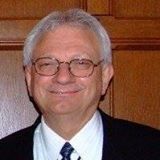 This is my first message to the readers of the President’s Corner. And it is the first time in over 40 years that I have had to lead an organization without paid staff whose job it is to make the president look like a good leader. Fortunately, I have the help of past president Helen Barton and the other fine officers and members of MURA Council. This is my first message to the readers of the President’s Corner. And it is the first time in over 40 years that I have had to lead an organization without paid staff whose job it is to make the president look like a good leader. Fortunately, I have the help of past president Helen Barton and the other fine officers and members of MURA Council.In addition to MURAnews, our website https://mcmaster-retirees.ca is the best source for information on MURA. First of all, it contains our constitution and the list of members on the executive, the members of MURA Council and their responsibilities. You will notice that many hands make our work light. The MURA website itself represents the hard work and great skill of our webmaster Nora Gaskin, building on the website development work done in the past by Nicholas Solntseff and Marianne Van der Wel. Many of our documents go back 18 years, and some meeting minutes go back to the 1980’s. For many of our members, the information on benefits, pensions and retiree perks is most important. Also, for most active members, information on important social events, such as our annual general meeting and the December holiday lunch, is eagerly awaited. While these wonderful events could not be held with face-to-face meetings over the past year and a half, I hope that we will be able to resume personal contact by the autumn. I should mention that in the past, other organizations, such as the McMaster Women’s Club, the McMaster Alumni Association, and the Retirees Association of Mohawk College have invited our members to other events such as day trips with lunch and live theatre. In early 2020, MURA conducted a survey to collect information on retiree activities and attitudes about MURA‘s activities, programs and services. A good overview of the findings was presented in the Spring 2020 MURAnews by President Helen Barton. In the Summer 2020 MURAnews I looked especially at the volunteer activities in the community and at McMaster. I was concerned that our retirees found that it was far easier to volunteer with community groups (60%) compared to helping out at McMaster (29%). Even more troubling was that many retirees really wanted to help out at McMaster but found it difficult to do so. I have since found out that McMaster has a Director of University Engagement. Coordination of volunteer activities seems to be an important part of this office. Thus, it would seem that a successful increase in retiree volunteer activities with the University needs active coordination between a McMaster office such as University Engagement and MURA Council. This coordination would include communicating opportunities, identifying departmental contacts, and recognizing activities that could be performed by retirees. In addition to the usual means of contacting MURA, members can reach me directly at 905-628-8857 or at jacek49@cogeco.ca. Best wishes for a good MURA year in 2021-2022, Hank Jacek
2021 MURA Annual General Meeting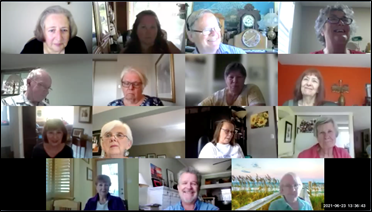 This year marked MURA’s 36th annual general meeting, and our second to take place over Zoom. A brief social time preceded the meeting, which had a peak attendance of 58. Again this year, both local and far-flung members were able to attend the virtual meeting, and it was good to see faces both familiar and new in the “gallery view”! This year marked MURA’s 36th annual general meeting, and our second to take place over Zoom. A brief social time preceded the meeting, which had a peak attendance of 58. Again this year, both local and far-flung members were able to attend the virtual meeting, and it was good to see faces both familiar and new in the “gallery view”!In the President’s report, Helen Barton acknowledged and thanked outgoing Council members Mary Law, Mahendra Joshi, Debbie Weisensee and Heather Grigg. A few highlights of MURA’s activities since November included ongoing discussions with the university and employee groups about how salaried pension plan administration and expenses are handled, helping members solve issues and concerns with pensions, benefits, and technology, participating in pre-retirement workshops, welcoming new retirees to MURA with a virtual event, and fundraising for the MURA graduate scholarship. MURA has also been engaging with Human Resources on a proposed new definition of a McMaster retiree, which would exclude people in the group RRSP who retire before the age of 65 from retiree status, and from associated supplementary benefits such as parking, library access, etc. Vacancies on the 2021/2022 Executive and Council were filled. In addition to the slate of nominees proposed by the Nominating Committee, Barry Diacon was nominated as councillor from the floor. Barry will be MURA Council’s liaison with Unifor 5555. The revised slate passed unanimously.
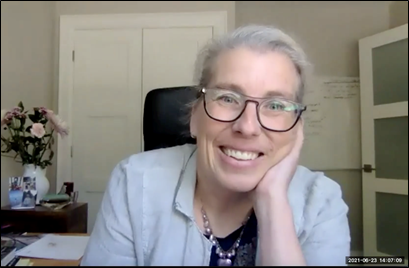 Dr. Brenda Vrkljan, occupational therapist and Professor of Occupational Therapy at the School of Rehabilitation Science at McMaster, gave a very interesting presentation on “Resilience, mobility, and participation in older Hamiltonians: Navigating everyday life during COVID-19 lockdown(s)”. Dr. Brenda Vrkljan, occupational therapist and Professor of Occupational Therapy at the School of Rehabilitation Science at McMaster, gave a very interesting presentation on “Resilience, mobility, and participation in older Hamiltonians: Navigating everyday life during COVID-19 lockdown(s)”.Dr. Vrkljan noted that occupational therapy has been around for 100 years, when it emerged just after WWI to meet the needs of returning veterans. Since then it has evolved to help people of all ages and conditions to live at home, have fun, take care of themselves, earn a living and get around. The main topic of her talk was the The IMPACT Hamilton Study: Investigating Mobility and PArticipation among older Hamiltonians during COVID-19: a longitudinal Tele-survey, which investigated the impact of the COVID-19 pandemic and associated public health measures on community-dwelling older adults living in the Greater Hamilton Area, especially with respect to their mobility and participation, mental health outcomes, eating and nutrition risk, and musculoskeletal health and pain. Two methods were used: a longitudinal tele-survey with 3, 6, 9 and 12-month follow-ups, to identify the factors most associated with high levels of distress during the pandemic; and interviews with a sub-sample of the survey participants, to explore the lived experiences of older adults before and during the pandemic, and to understand how they managed everyday activities under quarantine. The survey involved a random sample of adults 65+ living in the Greater Hamilton Area. The average participant age was 78 and there was a mix of men and women from a range of ethnicities and income brackets. Dr. Vrkljan half-jokingly acknowledged that the researchers were very grateful to the study participants who actually answered the phone when they got a random call from McMaster University on their landlines!Baseline findings from the survey indicated that 32% of participants reported less community participation during the pandemic, especially family visits and social life; 49% were less physically active, some extremely so; and 35% reported loneliness, with 17% reporting high levels of distress indicative of post-traumatic stress disorder. Preliminary findings from the interview analysis indicated that while some people described their lives before the pandemic as fun and enjoyable, and were managing everyday life easily and feeling connected to other people, others were already experiencing anxiety, loneliness or loss for other reasons. During the pandemic, people reported that their daily lives were disrupted. Phone conversations with friends and family were shorter and less frequent because there was less to talk about. Some people were less likely to go out for walks due to the unavailability of washrooms, or because of concerns about transmission. While some were able to return to some of their customary activities by adapting to the new environment, others had little option but to stay home and do very little. Many people described themselves as surviving, not thriving, but others mentioned they were looking forward, not back, concentrating on gratitude and appreciation, and planning post-pandemic visits and activities. Strategies to stay healthy and safe during the pandemic include:
At the conclusion of the presentation, Helen thanked Brenda and presented her with a copy of Alvin Lee’s memoir, There Was a Farm in Eden, and there was a draw for two gift certificate door prizes, which were won by Marie Fairgrieve and John Horsman. Brian Beckberger, MURA’s delegate to the Salaried Pension Trust Committee, spoke about the pension plan. His report, as well as Cliff Andrews’ report on the Hourly Pension Plan, are available on the MURA website. Incoming President Hank Jacek thanked MURA officers and members of Council for helping him to learn about MURA and its role representing members at the university over the past two years. He especially thanked Helen Barton, who served an extra year as President. Hank said he welcomes emails (jacek49@cogeco.ca) or phone calls (905-628-8857) from MURA members, and invited them to contact him with any questions or concerns they might have. Welcome New Council Members!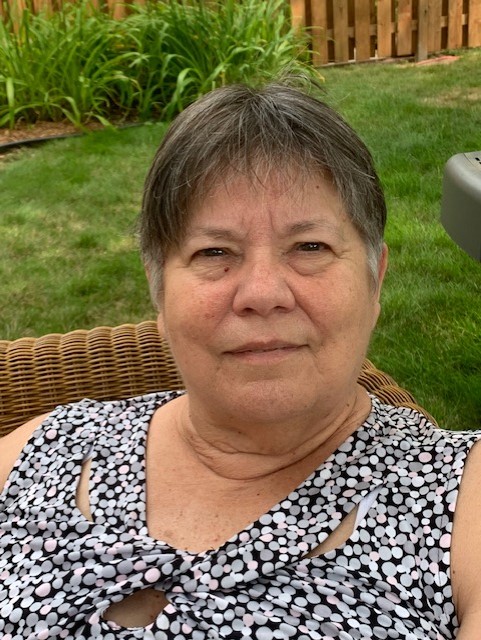 Susan Birnie Susan BirnieSusan retired in 2017, after having spent 39 years sampling a variety of fulfilling roles. She began as a research coordinator/manager in the Faculties of Social Science and Health Sciences. She also had the good fortune of spending a couple of years teaching finance fundamentals to business and engineering students in the Faculty of Business. She then turned her energies to administration in the Faculty of Health Sciences, in the School of Rehabilitation Sciences, the Department of Psychiatry, and lastly as the Executive Director of Education Services. During her career Susan received the President’s Award for special achievement, as well as the Lifetime Achievement Award. Outside of work Susan is a lifelong member of Girl Guides of Canada. In the past few years, she has been a senior volunteer at the provincial and national levels. After retirement she has taken on the task of building financial knowledge capacity in member countries of the international Girl Guides organization that do not have the expertise to undertake the work on their own. Susan has also been a board member of the Hamilton Philharmonic Youth Orchestra for the past four years.  Barry Diacon Barry DiaconI joined the McMaster workplace in 1981. My job was split 50-50 between Engineering Physics and what was then known as the Institute for Materials Research. For "Eng. Phys.", I set up undergrad labs in Nuclear Engineering. For IMR I ran a machine called an Auger Spectrometer, used to analyze the surface chemistry of various samples. Soon after starting work, I met Kathy Overholt, Liz McCallum, Mary Robertson, and Denise Anderson of what was then called the McMaster University Support Staff Association. I got involved right away and took on the job of editing the MUSSA newsletter. Many years later through a number of twists and turns, MUSSA became MUSA and then became a Union recognized under the Labour Relations Act of Ontario. I was President of MUSA at the time and helped negotiate the first collective agreement. Thereupon, MUSA later affiliated with the Canadian Labour Congress, where our rep was the recently departed Barry Fraser. Somewhat after that MUSA merged with the CAW. Somewhat after that, the CAW merged with the Communications, Energy and Paperworkers union to form Unifor. During the CAW/Unifor period I was the Chairperson of Unit 1 (the salaried staff) for two terms. Also at various times, I have been a staff member of the McMaster Board of Governors and have served on the Salaried Pension Trust Committee.  Dina Lo Presti Dina Lo PrestiI was employed at McMaster just over 33 and a half years where I held a number of roles in various departments. I started in the Payroll Office as a Payroll Assistant and was eventually promoted to Assistant Payroll Supervisor. After 12 years I moved to Human Resources. I initially started as a Benefits Administrator but within a year was promoted to Senior Pension Administrator. In the early 2000’s I was responsible for coordinating and administering the distribution of the $150 million Pension Surplus. After almost 17 years on the Administrative side, I accepted a position in the Academic sector with the School of Graduate Studies (SGS) as the Payroll Supervisor. I administered the payroll for the graduate students and helped implement 2 payroll systems. In November 2015 I became the Budget & Financial Analyst for SGS. After 17 years in SGS, I retired on March 1, 2020. I’m enjoying spending more time with my husband, 3 grown children, and 2 grandsons as well as caring for my mother.  Phil Wood Phil WoodPhil joined the Department of Chemical Engineering on January 1, 1983 after earning his PhD at Caltech in 1978 and spending five years as an Assistant Professor at Michigan State University. He was recruited to McMaster by Don Woods who introduced him to the Teaching and Learning Centre which, at that time, had just two T&L consultants – Dale Roy and Alan Blizzard. That introduction led Phil to a career-long interest in the scholarship of teaching and teaching practice with Don as his mentor and co-author. He has several publications in the T&L literature and was honoured to receive the 3M Teaching Fellowship in 1993. He was also the recipient of an OCUFA Teaching Award and one of the first McMaster President’s Teaching Awards. Phil’s long-time interest in students lead to him being named the first Director of Engineering I in 1988. At the time, just 60% of first year engineering students made it successfully into a department in second year. At the end of his two-year term as Director this had been increased to a success rate of 80%. This appointment started Phil on a 26-year stretch (1998-2016) of administrative appointments – Department Chair, Associate Dean, Associate Vice President and Dean of Students (2002-2013) and then back to Director of Engineering I. As Dean of Students, Phil worked closely with the McMaster Students Union (MSU) and on completion of his term he was proud to be named an Honorary Member of the MSU, one of just 9 to be so recognized. He was also the recipient of the MSU’s Lifetime Achievement Award and is an Honorary Member of the McMaster Alumni Association. Phil has lived in Dundas with his wife Barb since 1982. He is President-Elect of the Dundas Valley Sunrise Rotary Club and is on the Board of St. Mark’s United Church. He continues to serve McMaster as a Warden of the Iron Ring in Engineering and is President of the University Club of McMaster. His two sons both graduated from McMaster, and he had the great privilege of “hooding” them at their convocations (of which Phil has attended more than 100!). Welcome new members
compiled by Kathy Overholt
Eva Bodrozic, Student Affairs Nancy Bouchier, History Brian Cameron, Surgery Liliana Coman, School of Rehabilitation Sciences Carol DeMatteo, School of Rehabilitation Sciences Christiane de Savigny, Kinesiology Sheryl Dick, Religious Studies David Dougherty, UTS Ruth Frager, History Harold Haugen, Engineering Physics Mary Hickey, FHS Academic Administration Bertha Monrose, McMaster Industrial Liaison Office Andrew Nicas, Mathematics & Statistics Jan Nicholson, Media Production Services Leah Piczak, McMaster Industrial Liaison Office Jenny Ploeg, School of Nursing Mary Pfohl, Pediatrics Sandra Preston, School of Social Work Julie Richardson, School of Rehabilitation Sciences Marilyn Schroeder, Surgery Maria Shibish, FHS Education Services (Mac-CARE) Ken Sivakumaran, Civil Engineering Jennifer Skelly, School of Nursing Patricia Solomon, School of Rehabilitation Sciences Gord Stephan, UTS David Venus, Physics & Astronomy And a belated welcome to: Ann Mohide, School of Nursing Recent passings
compiled by Kathy Overholt
Pearl Davis, Medicine, May 16/21
Members' CornerMore on coffle …By Sandy Darling Below is a response to Elaine Riehm’s Oddities article in the Spring 2021 issue from fellow retiree, and sometime amateur etymologist, Alexander (Sandy) Darling. Howsoever it may sound, a “coffle” is not a combination of a sneeze and a cough. It descends from the Arabic word for “caravan” and describes a string of animals or slaves, chained, or roped in a line, coffled together towards an unknown and unspeakable destination. Arabic words have three consonants as their root, and the root is the third person, past tense of the verb.
Now to the word “coffle”.
The word “coffle” seems to capture different meanings of Arabic words derived from the root of q-f-l: the idea of travel, restraint and a column or caravan. HinterlandsBy Elaine McKinnon Riehm Almost three millennia ago, Aesop told us the tale of the city mouse and the country mouse. I am feeling more like the country mouse these days, having moved from the hinterland of Toronto (Burlington, pop. 180,00) to the hinterland of Hamilton (Dundas, pop. 25,000). While poking around Dundas, however, I have discovered that it also has an outback. A couple of kilometres west on Highway 99/Governor’s Rd. lies the village of Copetown, which comprises a few houses, Copetown United Church, an orchard or two, and the Copetown General Store. At first glance the store resembles many other convenience stores – aisles of snacks, cold drinks, household necessities – but unlike such stores, it also has an aisle of wine with shelves of beer and even stronger beverages. This is due to its classification as a rural convenience outlet of the LCBO. In addition, it contains a small post office owing to its classification as a rural sub-post-office. But there is more. In a large window is a sign advertising DEW WORMS, should you need any. In May, at least half the parking lot becomes a sea of geraniums and begonias spilling out of colourful window boxes and planters. The other day, I was startled to see five chickens pecking about in the doorway of the Copetown General Store. But knowing their limits they had not strayed across the threshold. The proprietor, apologizing, remarked, “Are they here again? I guess they have just stepped over from next door.” Copetown lies due west of Dundas, and due west of Copetown you will find the small town of Lynden. Properly speaking, Lynden is part of Flamborough, which lies in the hinterland of Hamilton. Thus, Lynden is nested in Hamilton, but it does not think of itself that way. Although it no longer has a general store or school, it does have a self-standing post office, one four-way stop sign, and a handsome yellow brick United Church. Lynden also has two almost adjacent cemeteries where former residents may be found. The larger cemetery, which sits on a pleasant, shaded hillside, is the Lynden Cemetery. The smaller, the Rous Howard Cemetery, is enclosed by a wrought-iron fence. Why two, I wondered? Was there a local schism in the nineteenth century reflecting competing Anglican, Methodist, Presbyterian, or Congregational interests? Or was there an unresolved personal feud that persuaded Rous Howard to keep his distance? But I was wrong. There was no schism. The small cemetery is about evenly divided between the Rous and Howard families. Friends born and for the most part buried in the nineteenth century, they continue to be neighbours in the twenty-first. In the Dundas hinterland you will find road signs for Jerseyville, Troy, Langford, Greensville, and Harrisburg. I suppose they all have stories too. Changing of the seasonsBy John Horsman For some years I have been meaning to take a photo-a-day from the same perspective of our back yard just to graphically document the changing look of the garden brought on by the changing seasons. This is a collage of 6 of nearly 350 pictures taken from the same spot on my patio at approximately the same time each day (8:30am) looking SE down our yard. Each photo represents a particular date starting on New Years Day 2020 then moving clockwise and ending on Christmas Day 2020. In retrospect I should have taken the photos from an upstairs window to better capture the whole yard and gardens. Maybe next year! Groundhog Hill
The MURAnews team would like to welcome the artistic contributions of MURA member Rose Anne Prevec who recently retired from the McMaster Museum of Art. Her collection of cartoons – Groundhog Hill – includes wildlife such as raccoons, squirrels, rats, birds, insects, and fish. Our everyday activities through the eyes of woodland creatures make for an interesting perspective! We’ll feature some of Rose Anne’s creations in future issues of MURAnews, but in the meantime, you can also follow her on Instagram at @groundhog_hill.
From the MURA ArchivesBy Mary Johnston Have you ever been curious about MURA’s past? Did you know that MURA was founded in 1985? In addition to the story of the Association’s history written by Averil Thompson, the MURA website holds lists of past Council members and Presidents, minutes from all Annual General Meetings going back to 1986, and issues of MURAnews starting with 2003. Special thanks are due to Marianne Van der Wel for scanning copies of old documents available only in print form.
One topic remains of paramount importance to most retirees and is a key component of MURA’s work on behalf of retirees: the health of the pension plans. At the 2003 AGM, after questions were raised by MURA members about a proposal by the University on the funding formula for the salaried pension plan and the wind-up value of the plan, a motion was passed asking for annual reports to be made available to all members (both active and inactive) of the Contributory Pension Plan for Salaried Employees. The University did act on this request. Salaried Pension Plan actuarial valuations and annual reports are available on the Human Resources website. It’s interesting to note that the Audit and Financial Statements section says “At the request of the McMaster University Retiree Association and as approved by the Pension Trust Committee, an Annual Report to Members will be made available each year. The report will include key documents pertaining to both the administration and investment aspects of the pension plans.” Participate in one of three 12-week mobility programs.
McMaster researchers in the School of Rehabilitation Science are looking for adults and older adults with early changes in their mobility to take part in a study looking at whether people who are noticing changes in their walking ability show improvements in mobility after completing one of three 12-week programs.
You may be eligible to take part if you…
Eligible participants will undergo 4 virtual assessments with a physiotherapist over 36 weeks. There is no cost to participate. If you are interested in participating or would like to find out if you are eligible, please contact Susanne Sinclair ssincla@mcmaster.ca. Senior Class Assistants (SCAs)
The department of Health, Aging and Society is recruiting Senior Class Assistants (SCAs) for Health/Aging 1BB3: "Introduction to Aging and Society”, Fall 2021 and/or Winter 2022. Experiential EducationExperiential Education involves ‘hands on’, active learning. Although this can take place in a variety of ways, in the HLTH AGE 1BB3 course the aim is to bring 1st year undergraduate students and older adults together on a regular weekly basis to discuss relevant aging topics. The program will run over a period of 10 weeks during the Fall 2021 Term and again during the COVID-19 ConsiderationsDuring the Fall 2021and Winter 2022 terms, interactions between Senior Volunteers (SCAs) and students will take place remotely, either virtually or by phone. SCA Program Information
Consumer Price Index Adjustmentsby Brian Beckberger Starting July 2021 (for the June 2021 reference month) and going forward, methods for calculating the Consumer Price Index (CPI) will be modified. StatsCan usually makes adjustments every two years in the calculation of the CPI. Due to the COVID-19 pandemic, the most recent adjustments were delayed. One adjustment relates to how the prices are collected. Due to health restrictions, employees of StatsCan were not able to get access easily to grocery stores. As a result, scraping store websites for prices of commodities will be included as an additional method of price collection this time around. Historically, consumer purchase patterns change slowly over time. Due to the COVID-19 pandemic, consumer purchasing patterns have changed dramatically in a very short period of time. As an example, people stopped travelling within a few weeks after the pandemic was declared. Obviously, the typical expenditures associated with travelling for business and pleasure went down close to zero as a percentage of consumer spending. This led StatsCan to change the weighting of items in the CPI basket. The complete February 2021 release describing changes to the CPI program can be found on StatsCan’s website. These changes will hopefully make the Consumer Price Index better reflect what consumers are experiencing in their purchasing. Exercise doesn’t need to be a four-letter word!By Mary Johnston With gyms, swimming pools and community centres closed during the pandemic, many of us are missing opportunities to engage in regular exercise. The truth is that most of us find it much easier to stick with an exercise program when we have regularly scheduled sessions and an opportunity to socialize with others while doing so. Working out alone at home or over Zoom just isn’t the same. Some of us may be feeling guilty about our lack of scheduled exercise over the past year and a half, but according to Stuart Phillips, Professor in the Department of Kinesiology at McMaster, we should think in terms of ‘physical activity’ rather than ‘exercise’. So, let’s feel good about the benefits we’re getting from relatively accessible activities such as walking and gardening. Hypertension and non-Medical Prevention StrategiesBased on information from the McMaster Optimal Aging Portalby John R. Horsman Currently almost one in seven people on this planet suffer from hypertension or high blood pressure. A recent paper published at https://www.statcan.gc.ca/ reported that, in Canada, this figure jumps to one in four (in the United States the figure is reported to be a mind boggling one in two), putting these people (myself included) at greater risk of life-threatening health issues and early death. Hypertension is a leading, but modifiable, risk factor for cardio-vascular disease – think heart attack and stroke – and it is estimated that the lifetime incidence of developing high blood pressure is 90%! Yoga, controlled breathing exercises and tai chi are particularly effective in reducing stress and classes are readily available (especially in the non-COVID-19 world) but even now there are classes available online and in some outdoor venues, weather permitting. courtesy of Meanwhile in Canada Gardening – a Mood BoosterBy Helen Ayre The following has been extracted from a recent article by Morgan Kelly of the Princeton Environmental Institute (recently renamed the High Meadows Environmental Institute): As civic leaders and urban planners work to make cities more sustainable and livable by investing in outdoor spaces and recreational activities such as biking and walking, Princeton researchers have identified the benefit of an activity largely overlooked by policymakers—home gardening. The researchers found that, across the study’s population, the level of emotional well-being, or happiness, reported while gardening was similar to what people reported while biking, walking, or dining out, according to a study published in the journal Landscape and Urban Planning. Home gardening was the only activity out of the 15 studied for which women and people with low incomes reported higher emotional well-being than men and medium- and high-income participants, respectively. “This has implications for equity in food action planning considering that people with lower incomes tend to have less access to healthy food options,” said corresponding author Anu Ramaswami, Princeton’s Sanjay Swani ’87 Professor of India Studies, professor of civil and environmental engineering and the Princeton Environmental Institute (PEI). “Gardening could provide the health benefits of fresh fruits and vegetables, promote physical activity, and support emotional well-being, which can reinforce this healthy behavior.” The benefits of gardening on happiness were similar across racial boundaries and between urban and suburban areas, said first author Graham Ambrose, a research specialist in Princeton’s Department of Civil and Environmental Engineering. In addition, whether people gardened alone or with others made no difference, and people who kept vegetable gardens reported a higher level of average emotional well-being than people who worked in ornamental gardens. “People know where community gardeners garden, but it is hard to know who is gardening at home, which our group uniquely identified,” Ambrose said. For example, study authors found that 31% of participants engaged in home gardening for about 90 minutes per week on average, compared to 19% who engaged in biking (an average of 30 minutes each week) and 85% who walked (an average of one hour and 40 minutes each week). “The high levels of meaningfulness that respondents reported while gardening might be associated with producing one’s own food,” Ambrose said. “The boost to emotional well-being is comparable to other leisure activities that currently get the lion’s share of infrastructure investment. These findings suggest that, when choosing future well-being projects to fund, we should pay just as much attention to household gardening.” So everyone … let’s get gardening! If you no longer have an outdoor space, perhaps you can volunteer to help a friend or neighbour in their garden. Retirees in the McMaster Online DirectoryBy Helen Barton Retirees may choose to be included in the online McMaster Faculty & Staff Directory. It’s a great way to stay visible to the McMaster community. Normally retired faculty automatically remain in the directory, but other employees’ entries are usually removed when they retire.
If you would like to be included in the Online Directory but do not have an email address or access to the internet, please contact Terri Jones-Buono by phone at 905-525-9140, extension 23275. If you need help with using the online form, please contact the UTS Service Desk. ** MacID is an identifier assigned by University Technology Services (UTS). It is not your employee number, or your email address. Your MacID is the part of your current or former McMaster email address that precedes “@mcmaster.ca”, for example the “smitha” part of smitha@mcmaster.
Courtesy of Rose Anne Prevec Instagram: @groundhog_hill Other News
The e-book file can be downloaded to a Kindle or KOBO reader, or to a Kindle app on an Android or iOS device.
A PDF version can be downloaded as well. This may be read using Adobe Acrobat Reader. You can install the free Acrobat Reader, or update your existing version.
|
| MURAnews is produced by MURA members Denise Anderson (Production Editor), Helen Ayre (News Editor), Helen Barton, Nora Gaskin, John Horsman, and Mary Johnston. We welcome submissions from MURA members. |
© 2025 McMaster University Retirees Association | Having trouble with this site? Contact our Webmaster. |
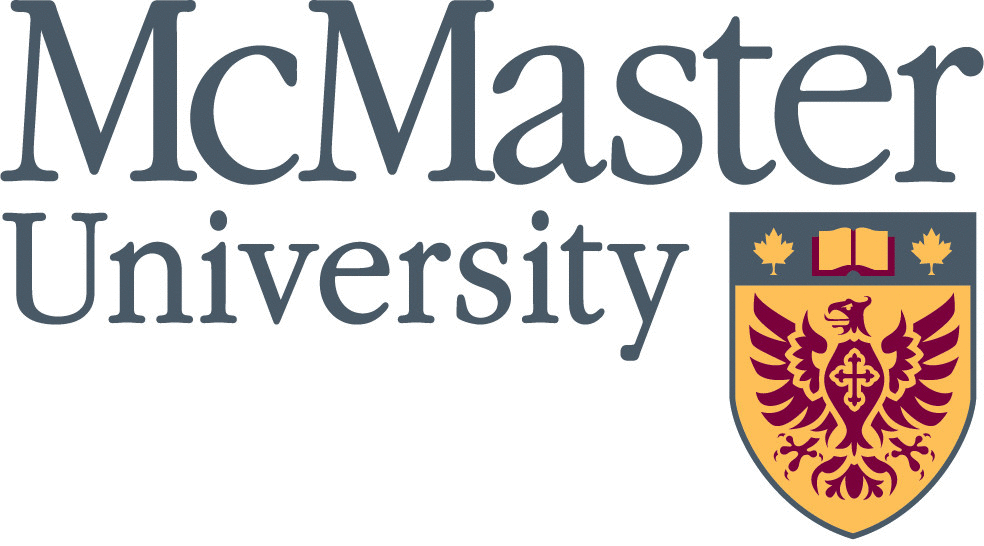


 Mark Tuesday, December 7, 2021, on your calendar for MURA’s annual Holiday Lunch. If permitted under the prevailing COVID restrictions, the lunch will be held in the CIBC Banquet Hall on the 3rd floor of the Student Centre on the McMaster campus. Look for more details and a reservation form in the Fall issue of MURAnews.
Mark Tuesday, December 7, 2021, on your calendar for MURA’s annual Holiday Lunch. If permitted under the prevailing COVID restrictions, the lunch will be held in the CIBC Banquet Hall on the 3rd floor of the Student Centre on the McMaster campus. Look for more details and a reservation form in the Fall issue of MURAnews.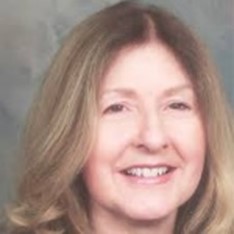

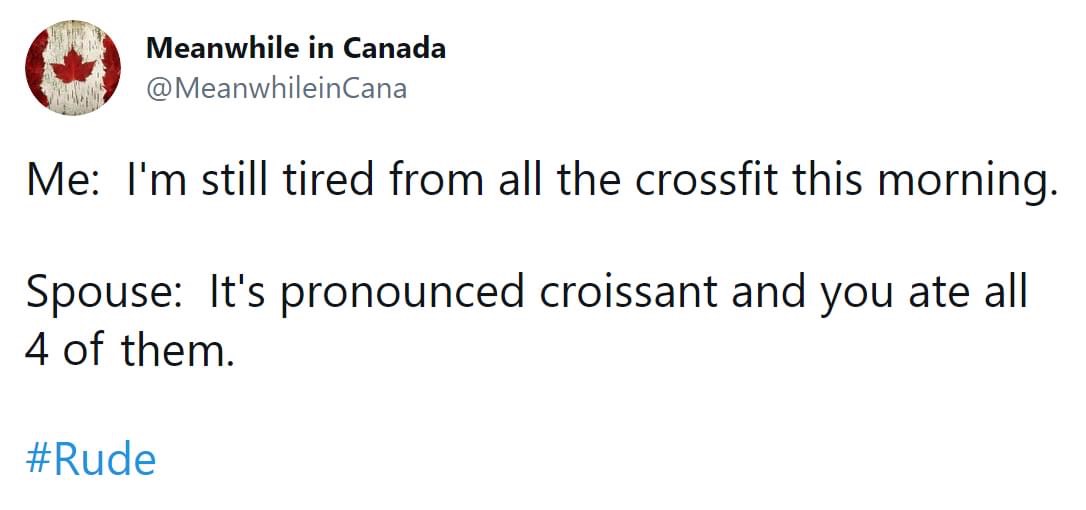

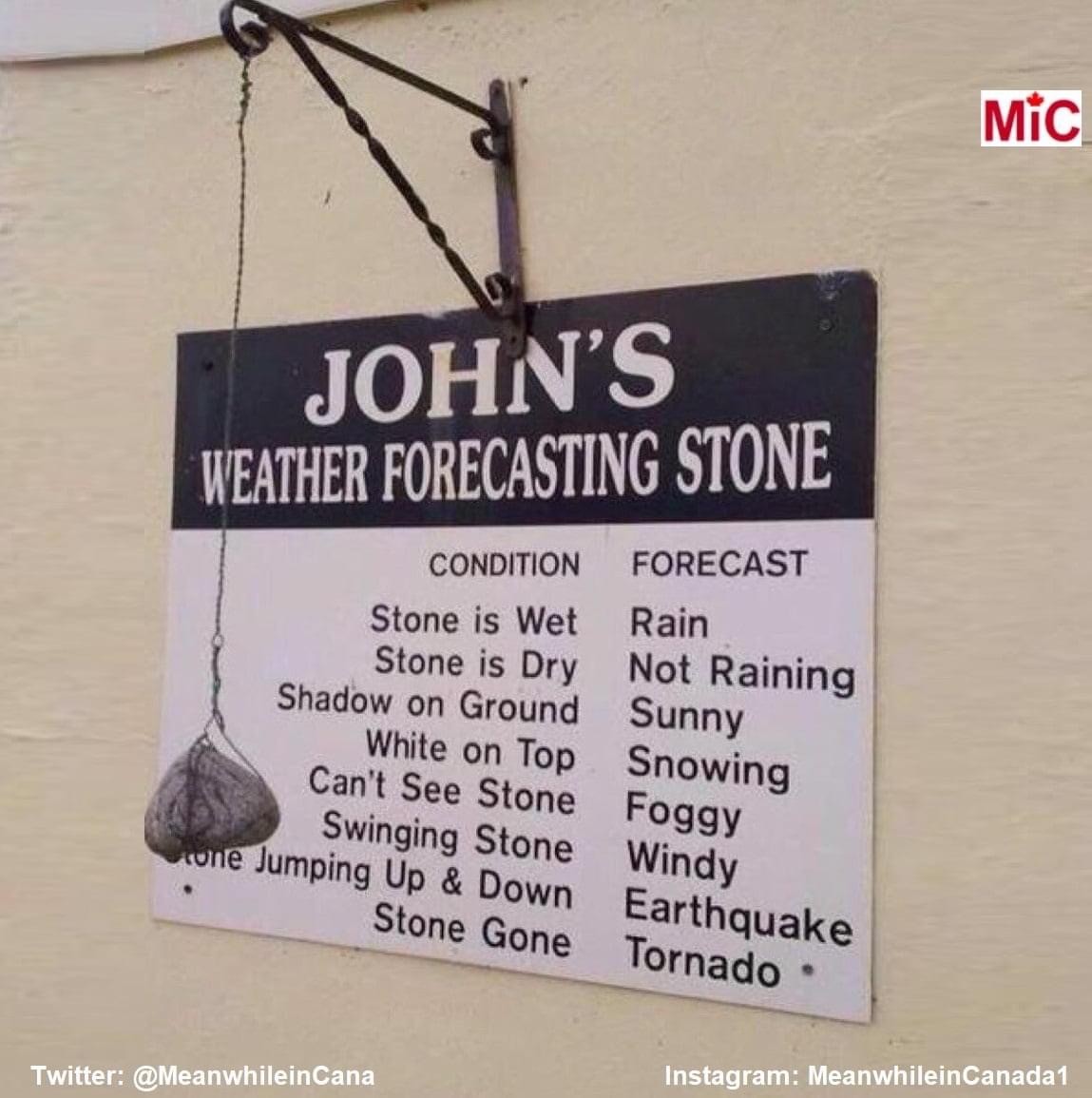
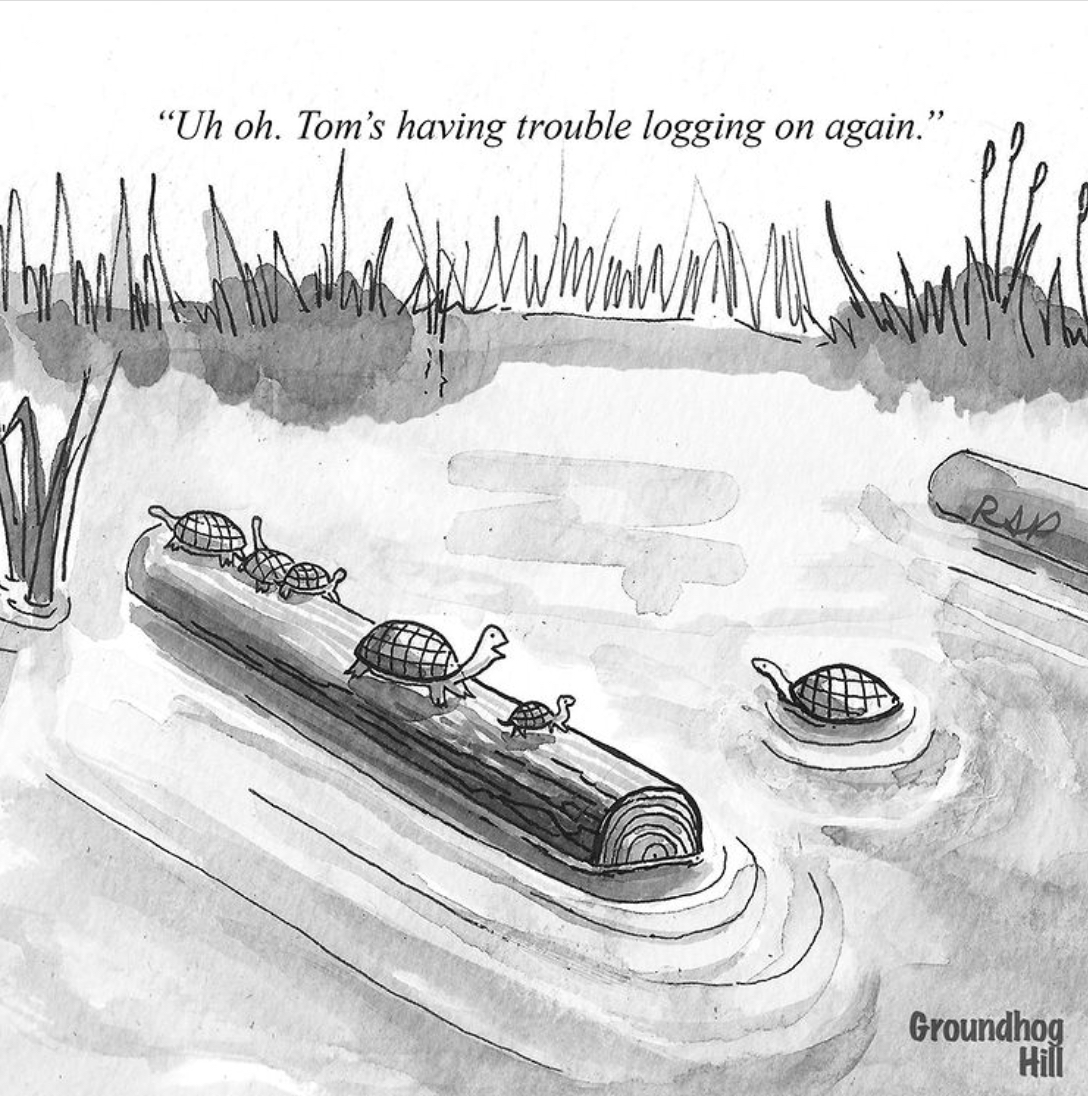
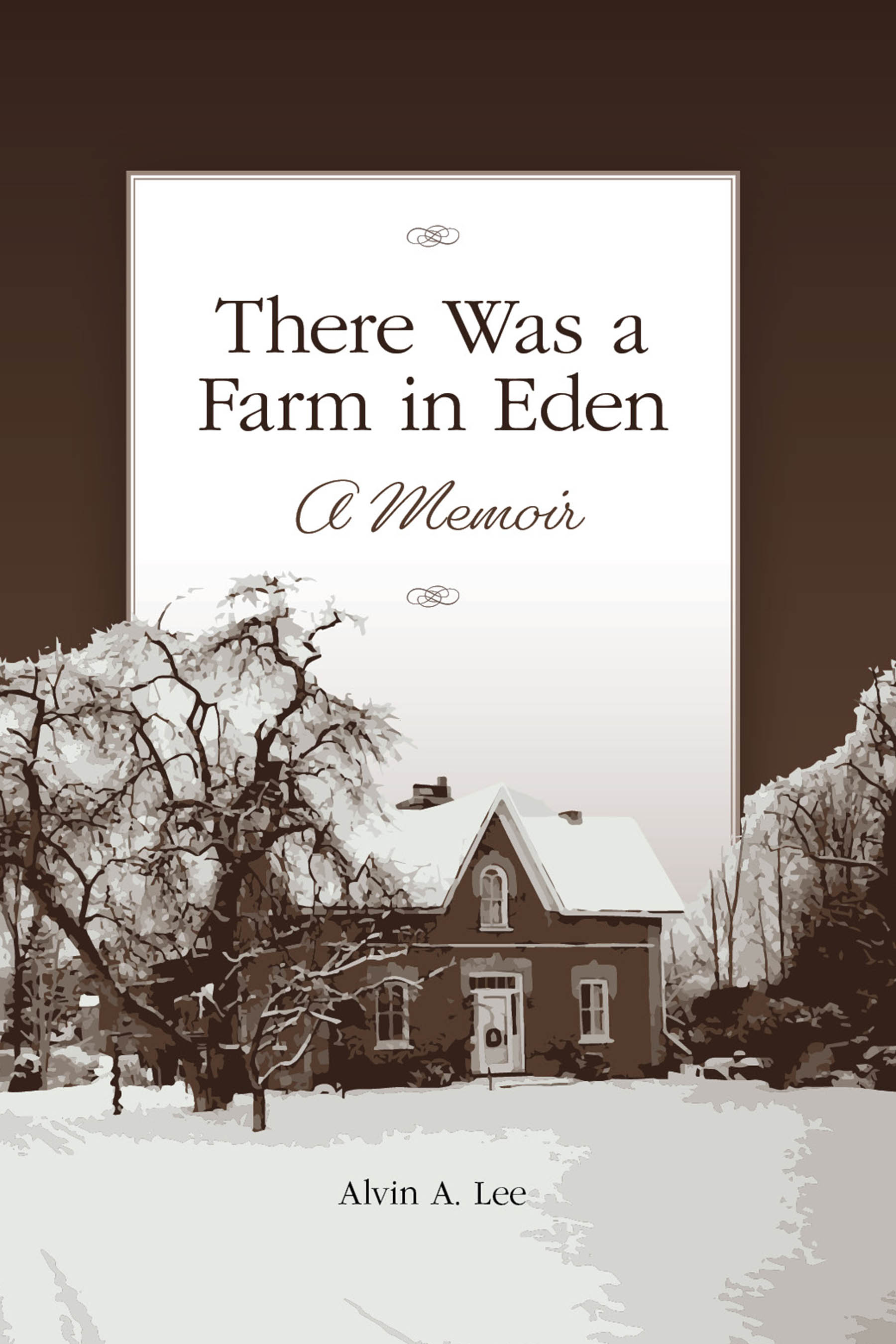 Alvin Lee, President Emeritus and Honorary President of MURA has recently published his memoir: There Was a Farm in Eden. Hard copies are no longer available, but thanks to Alvin’s generosity and to the work of McMaster’s Media Production Services, his book is available to retirees and others in two electronic formats free of charge.
Alvin Lee, President Emeritus and Honorary President of MURA has recently published his memoir: There Was a Farm in Eden. Hard copies are no longer available, but thanks to Alvin’s generosity and to the work of McMaster’s Media Production Services, his book is available to retirees and others in two electronic formats free of charge.